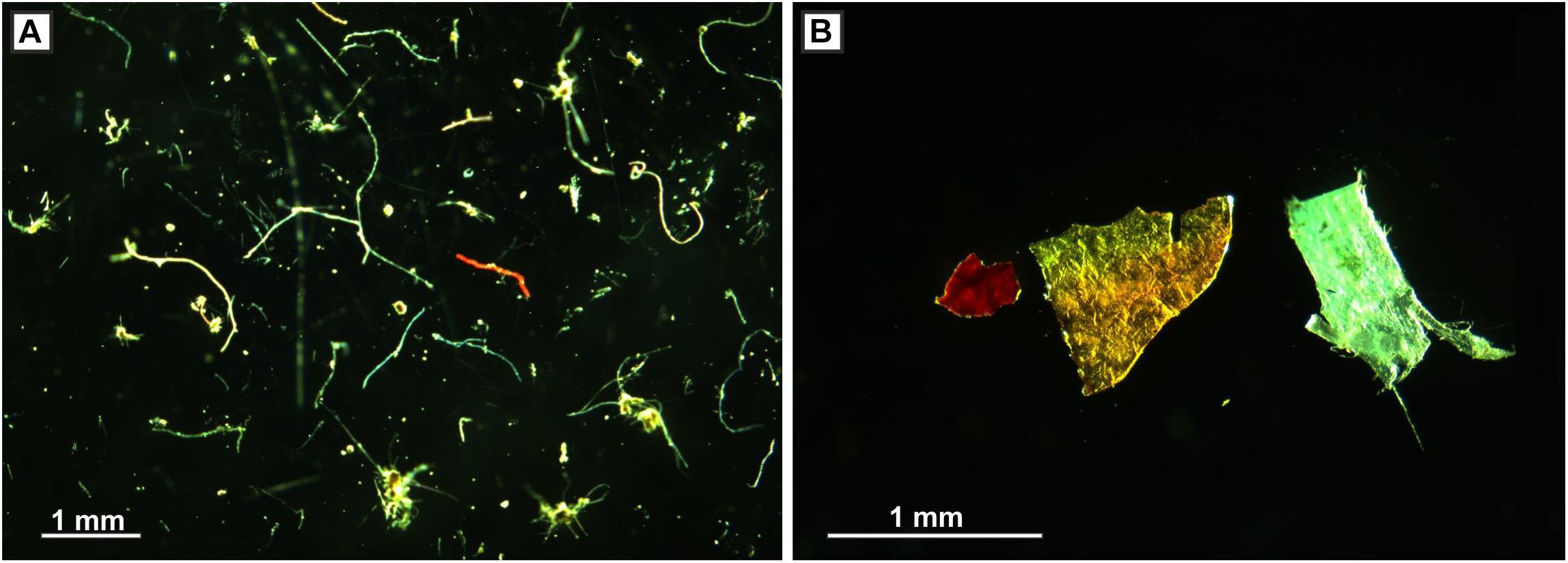
The second is grammatically correct, but intentionally puts a silence before the following thought to give a different kind of emphasis to the thought expressed. In the first sentence, the choice comma has created a comma-splice, which is a grammatical error. The kitchen counters, the dining chairs were empty, and only the faint memory of laughter remained. There was no one left, the kitchen counters and the dining chairs were empty, and only the faint memory of laughter remained. See what happens when either a period or a comma is substituted: The semicolons in the examples above join two complete sentences to stress how they are connected. There isn't a right or wrong when it comes to choosing between a semicolon and a period the choice is a stylistic one. There was no one left the kitchen counters and the dining chairs were empty, and only the faint memory of laughter remained. Just remember: if you can't use a period, you can't use a semicolon.

In this way, you can emphasize that two ideas are related to one another in an important way, rather than having them exist as two independent thoughts. However, whereas periods separate two ideas, a semicolon bring them together. The easiest way to think of a semicolon's use is to think of it like variations on a period. Quick use: Join independent clauses together in a way that emphasizes their connection. She finally did what she never thought of doing her entire life: pursuing a degree in photography. There was a book I especially loved from that class: the Pillowbook of Sei Shonagon. In these circumstances, a colon serves as a substitute for a word like 'namely' or 'that is'. (Incomplete sentence with no signalling word)Īnother way that colons are used is to connect two clauses, but only when the following clause gives an example or expands on the previous one. The things I want are: chicken, oregano, and lemons. (Incomplete sentence with signalling word) I want the following: chicken, oregano, and lemons. Here's what I want: chicken, oregano, and lemons. Just one rule to remember here: when listing things do not put the colon after an incomplete sentence unless the end of the sentence signals that a list is coming.

Keeps Death at his court, and there the antic sits' In expressing the weakness of divine right, Richard II connects wall imagery to the image of a crown:

These are my favourite childhood memories: walking with my grandfather, picking apples in the fall, and opening gifts on a cold, Christmas morning. You might be most familiar with colons being used to introduce a list of items or a quotation. Quick Use: Introduce a list or quotation, or connect two clauses in which the clause after the colon details or expands on the first. I know you are still there – somewhere in the sky. There's always a second chance – even for someone like you – so don't think your career is at an end. But if the first function can be substituted with parentheses and the second with a semi-colon or conjunction, then why use dashes instead? The effect of dashes is that they highlight the clause that they are inserting, thus bringing attention to it. Quick Use: Use a dash to connect independent clauses or to interrupt a main clause in a way that creates dramatic effect.ĭashes function in two ways: to signal interruptions in a sentence (basically like parentheses), and to connect independent clauses. But remember that when deciding whether to use a period or a semi-colon, a colon or a dash, it is more a stylistic/rhetorical choice than a choice of right or wrong. Connecting your clauses with a semi-colon might provide a pause that is just right, while a dash could make that pause more dramatic by highlighting the following clause, or a colon could signal that the second clause expands on the first. A comma between two independent clauses creates a run-on sentence that doesn't give enough definition between your ideas, while a period between them sometimes distances them too much. What can they do for my writing?Įssentially, semicolons, colons, and dashes offer you different ways to join your ideas together, and you can use them to adjust how you want your sentences to sound. Dashes, colons, and semicolons connect two independent clauses that are related in thought.


 0 kommentar(er)
0 kommentar(er)
